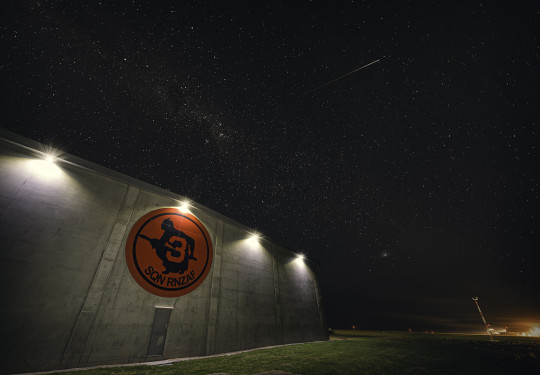Art on our Arms
Badges are worn by personnel as a sign of pride in their unit, service or the work they have done on a particular operation, such as the ongoing operation in Antarctica.
24 May, 2023
While there are a plethora of badges across the Air Force’s squadrons and units here’s a rundown of our flying squadrons’ badges and what they mean.
RNZAF Badge
In front of a circle inscribed Royal New Zealand Air Force and ensigned with the Imperial Crown is an eagle volant affronte, the head lowered and to the left. Underneath reads the motto Per ardua ad astra – Through struggle to the stars.
The original Air Force English translation of the Motto: Through steep and toilsome ways to the stars, was amended in 2022 to “Through Struggle to the Stars” to reflect the translation in common use by members of the Air Force.
This badge is an adaptation of the Royal Air Force badge, the chief difference being that the motto appears on the RNZAF badge on the scroll. The badge was accepted by Air Headquarters New Zealand on 10 August, 1943 and afterwards approved by His Majesty King George VI in January 1944.
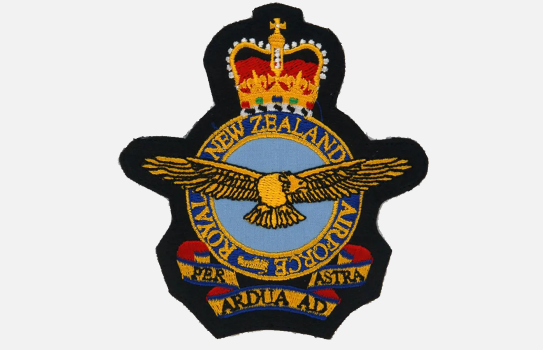
RNZAF Badge.
No. 3 Squadron
A crouching Māori warrior holding a taiaha. The motto is Kimihia ka patu – Seek out and destroy and was approved in November 1953. The badge indicates alertness required of a fighter squadron.
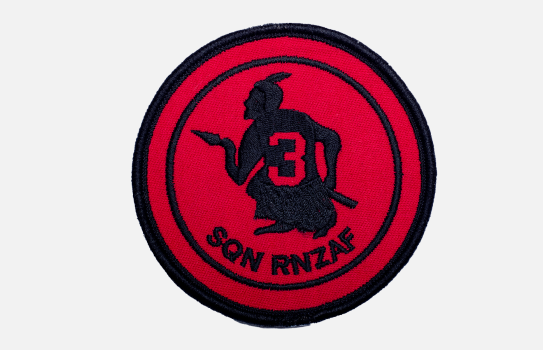
No. 3 Squadron badge.
No. 5 squadron
An albatross in flight with wings completely outstretched on a blue background. Its motto is Keitou kalawaca no wasaliwa – We span the ocean. The Fijian words denote how the squadron operates over a wide area of the Pacific.
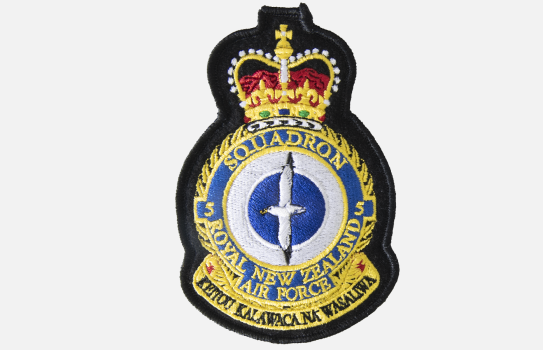
No. 5 Squadron badge.
No. 6 squadron
The mythical Māori god Tane, god of the forest. Its motto is Vigilance with patience and was approved in May 1954. Tane, is in the attitude of watchfulness in the legendary form he adopted for voyages across the sea. This was considered suitable for a flying boat squadron, largely engaged in air sea rescue duties.
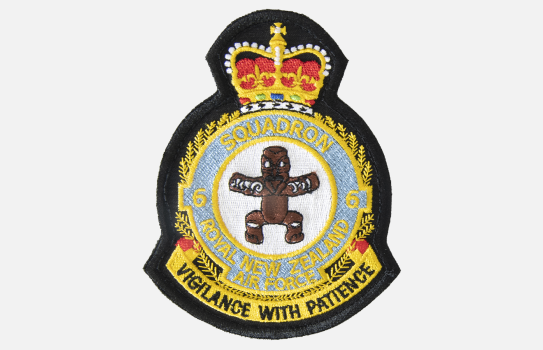
No. 6 Squadron badge.
No. 14 squadron
A kea in perching position. Its motto is Kia maia, kia u, kia ngawari – Active, ardent, adaptable. The badge indicates fearless and aggressive qualities proper to a fighter squadron and was approved in April 1952. The original proposal was for a kaka, however when the badge, drawn by the College of Arms Artist, was forwarded for approval a kea had been drawn instead and was subsequently approved.
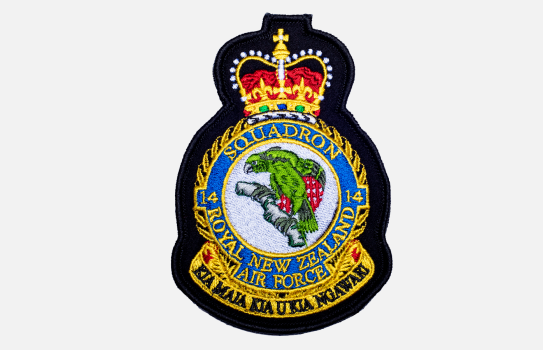
14 Squadron Badge.
No. 40 squadron
A mariner’s compass star. The badge’s motto is Ki nga hau e wha – To the four winds, To the four points of the compass, To all points of the compass. The design, approved in 1956, encompasses the types of worldwide operations the squadron deploys to.
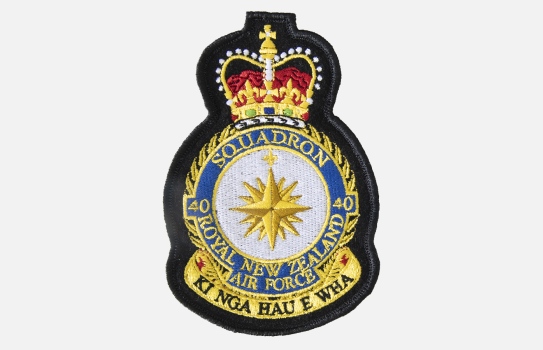
No. 40 Squadron badge.
No. 42 squadron
A kereru (native wood pigeon) perching, superimposed on a terrestrial globe on which Aotearoa New Zealand is highlighted. The badge’s motto is Tara ki uta, tara ki tai – We span the land, or more fully; We span or cover the land from coast to coast. It was approved in November 1952. Like the kereru, No. 42 Squadron flies over all parts of the country. The terrestrial globe was introduced to indicate the much wider field covered by the squadron.
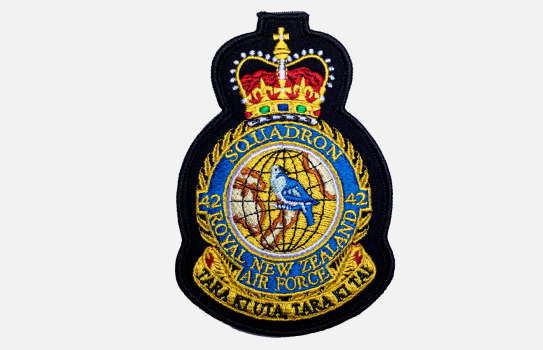
No. 42 Squadron badge.
